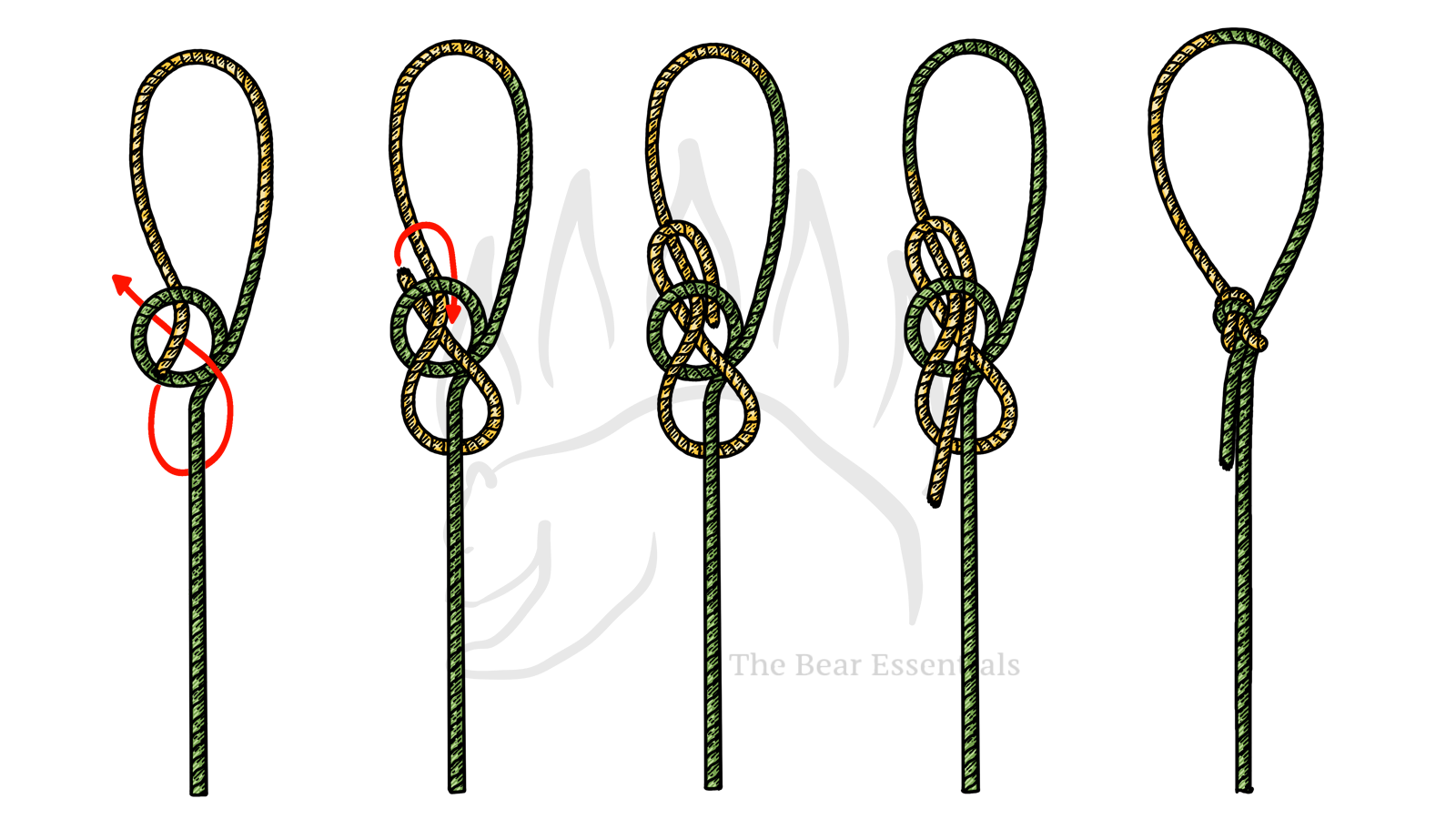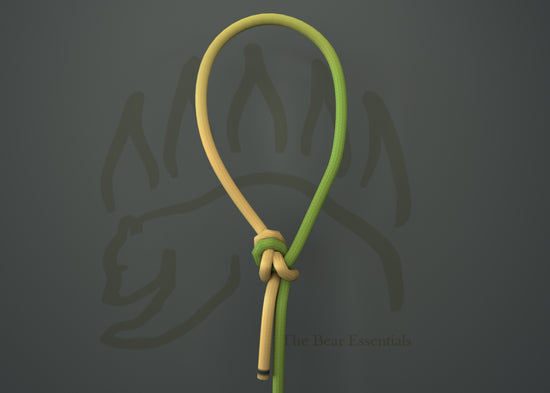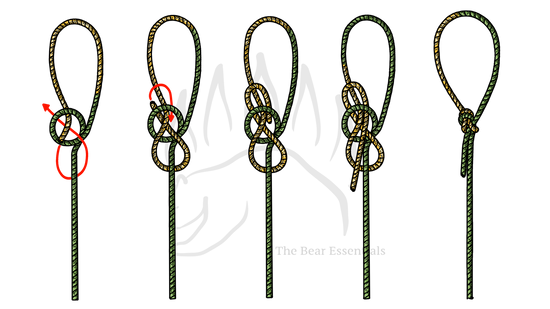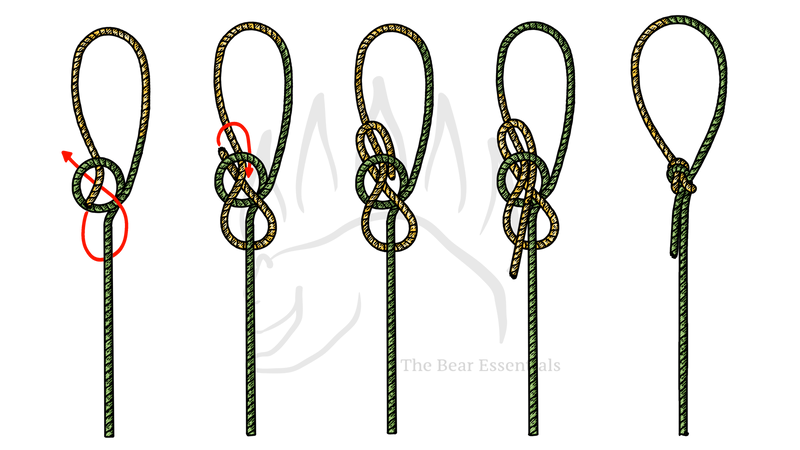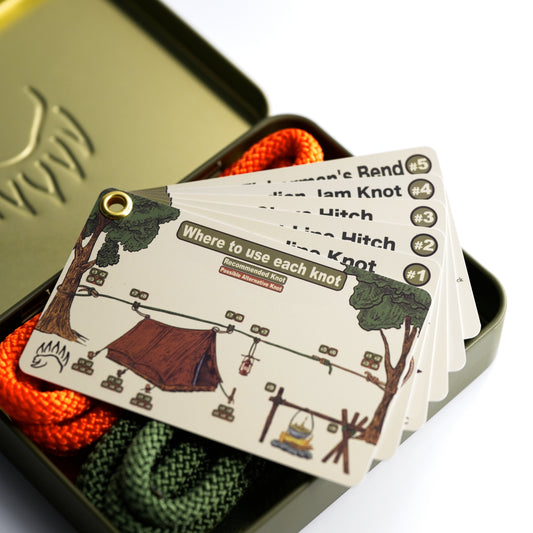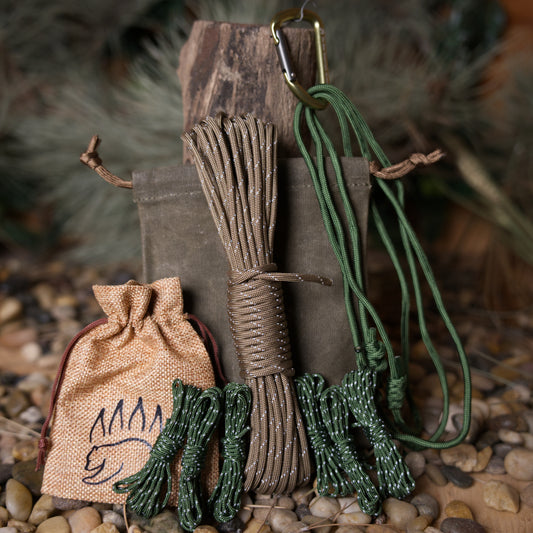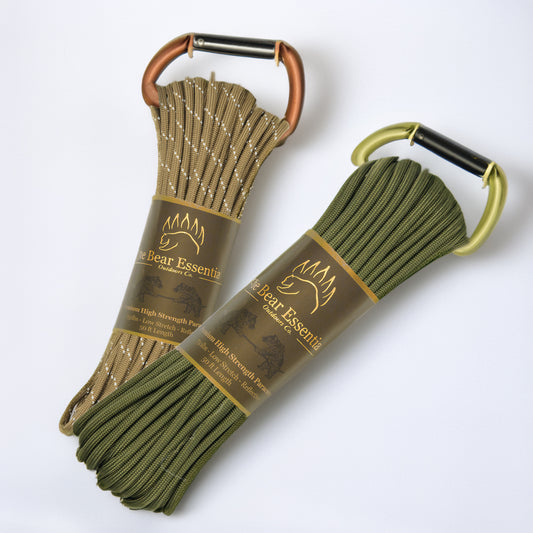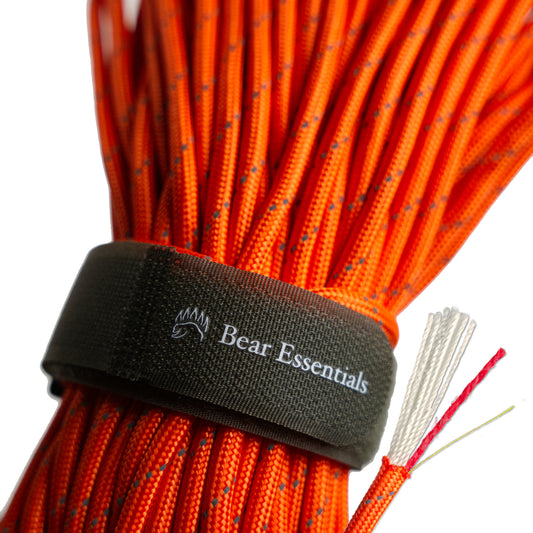How to Tie the Yosemite Bowline
Usage
The Yosemite Bowline is a modified version of the Bowline designed for added security and ease of untying after heavy loads. It is frequently used in climbing, hoisting, and securing objects, particularly in situations requiring a dependable loop.
Why Learn the Yosemite Bowline?
The Yosemite Bowline improves upon the classic Bowline by adding a Yosemite Finish, which enhances the knot’s security and prevents it from capsizing into a slip knot. This makes it a safer choice for climbing and rescue scenarios where reliability is paramount.
Common Uses
-
Climbing:
- Tying into a harness as an alternative to the Figure Eight Loop.
- Securing haul bags or heavy loads.
- Hoisting: Creating secure loops for lifting equipment.
- Rescue Operations: Tying secure loops for safety lines.
ABOK Number
(Ashley Book of Knots)
Other Names
Type
Loop Knots
Secure Loop Knots |
Notable Features
- Enhanced Security: The Yosemite Finish prevents the knot from capsizing into a slip knot.
- Ease of Untying: Easier to untie than a Figure Eight Loop, even after heavy loading.
- Improved Safety: Provides an extra layer of security compared to a standard Bowline.
Variations
-
Standard Bowline vs. Yosemite Bowline:
- Standard Bowline: Simple and easy to tie but less secure.
- Yosemite Bowline: Adds a secure finish to prevent capsizing and enhance reliability.
-
Double Bowline vs. Yosemite Bowline:
- Double Bowline: Features two wraps for added grip but lacks the Yosemite Finish.
- Yosemite Bowline: Adds a finishing loop for increased security and safety.
Similar Knots
Bowline vs. Yosemite Bowline
- Pros: Simple and versatile.
- Cons: Less secure and prone to capsizing.
Figure Eight Loop vs. Yosemite Bowline
- Pros: Highly secure and easy to inspect.
- Cons: Harder to untie after being heavily loaded.
Double Bowline vs. Yosemite Bowline
- Pros: Provides additional grip and stability.
- Cons: Lacks the added security of the Yosemite Finish.
History
The Yosemite Bowline originated as a climber’s adaptation of the classic Bowline to enhance safety and functionality. Its name reflects its popularity among climbers in Yosemite National Park, where it is frequently used for securing harnesses and gear.
Security Level
The Yosemite Bowline is a highly secure knot when tied correctly. Its design prevents capsizing and ensures stability, making it reliable for climbing and rescue scenarios.
Downsides
- Precise Tying Required: Requires careful tying and dressing to maintain safety.
- Inspection Needed: Harder to visually inspect compared to simpler knots like the Figure Eight Loop.
- Incorrect Tying Risk: Tying incorrectly can lead to catastrophic failure.
Structure
- Tie a standard Bowline, leaving a sufficient tail.
- Wrap the free end around one leg of the loop.
- Tuck the tail back through the knot to create the Yosemite Finish.
- Tighten the Bowline portion first, then the Yosemite Finish.
FAQ
What is the Yosemite Bowline used for?
It’s used for securing loops in climbing, hoisting, and rescue operations.
How does it compare to a regular Bowline?
The Yosemite Bowline is more secure and less prone to capsizing.
Is it suitable for climbing?
Yes, it’s commonly used as an alternative to the Figure Eight Loop. However, it requires careful diligence when tying.
Can it be untied easily after being loaded?
Yes, it remains non-jamming and easier to untie than a Figure Eight Loop.
Important Notes on Safety
Always ensure the Yosemite Bowline is tied and dressed correctly. Incorrect tying can lead to a dangerous capsizing failure. For life-critical applications, consult an experienced climber or instructor to verify its integrity.
